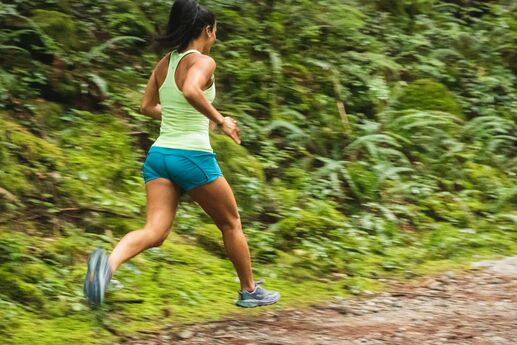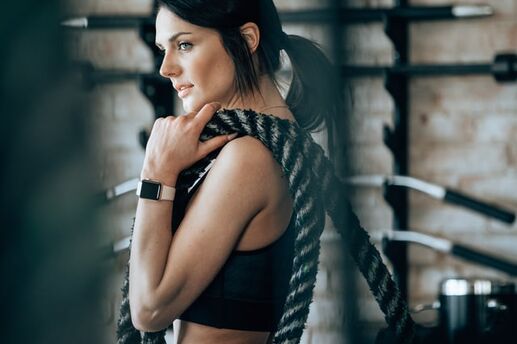How to Squeeze in Exercise -- Anywhere!
Once again, it’s the most wonderful -- and busy -- time of the year. With all of the cooking, hosting and shopping involved, it’s no wonder that nearly 70 percent of Americans complain of being short on time during the holidays, according to a survey from the American Psychological Association.
Unfortunately, workouts are often the first thing to get the pink slip during this hectic season. But making time to exercise is one of the most effective ways to keep stress in check. (Plus, you’ll burn off some of those cookies and eggnog.)
Still think you can’t squeeze it in? With my tips and on-the-go moves, fitting exercise is a breeze -- so you still have plenty of time to eat, drink and be merry. Consider it my gift to you!
1. Be realistic. Now’s probably not the ideal time to commit to working out an hour a day or shedding 15 pounds. Instead, worry less about fitness gains or weight loss and focus on moving more and keeping the scale steady.
2. Encourage family fitness. Spend quality time while you sneak in exercise! Consider planning a cross-country ski outing or pre-dinner hike. Bonus: A study published in the Journal of Nutritional Biochemistry reveals that exercising before a fatty meal helps to protect against some of the heart-harmful effects.
3. Give yourself some motivation. Whether it’s a slinky New Year’s Eve dress or post-holiday tropical vacation, having a goal down the road can serve as inspiration. Nothing keeps that fudge at bay like picturing yourself in a swimsuit.
Another way to stay active is to keep a list of exercises that don’t require much time or space. You can sneak in a 10- or 15-minute workout during commercials or a break from chores. Consider my list of effective and efficient moves:
- Push-ups. Keeping your torso in a straight line, begin on your knees or -- if you can -- toes. Place hands slightly wider than shoulder-width on the ground. Lower your chest till it nearly touches the floor, keeping your abs and butt squeezed to engage your core. Press back to start and repeat; do as many as you can.
- Bicycle crunches. Lie on your back, pull your bellybutton to your spine and relax your shoulders. Place your hands behind your lifted head (for support only -- don’t pull yourself up) and lift your knees to a 45-degree angle. Bring your right elbow towards your left knee, and then bring your left elbow towards your right knee in a twisting motion. Repeat until muscle fatigue sets in. To increase the intensity, extend the opposite leg as far as possible.
- Squats. Stand with feet shoulder-width apart. Lift arms slightly forward for balance and bend at the knees and hips to a sitting position, until your thighs are parallel to the floor. Rise to starting point and repeat until you’re tired.
- Wall sit. Rest your back against a wall and slide down, moving your feet forward. Keep your knees behind your toes, with your legs bent at a 90-degree angle.
Hold this position as long as possible.
- Leg Extension. While sitting up straight in your chair, extend your right leg until it is level with your hip. Hold as long as you’re able and then lower. Alternate sides. Repeat until you’re tired.
- Toe and calf raises. First, lift and lower your toes while keeping your heels firmly on the ground. (You can do this standing or seated.) Then, from a standing position, raise and lower your heels. For extra intensity, do these raises while balancing on the edge of a step for added intensity. (Hold onto a wall or piece of furniture to keep your balance.) Do as many reps as you can.
Like this article? Get more by following us on Facebook at Beauty & Confidence.






